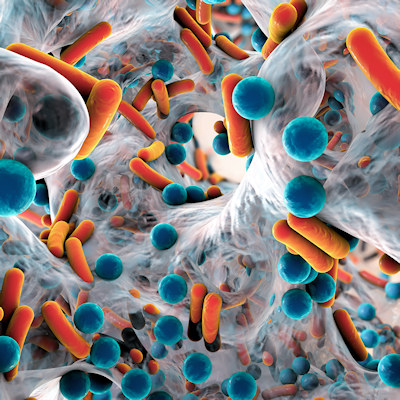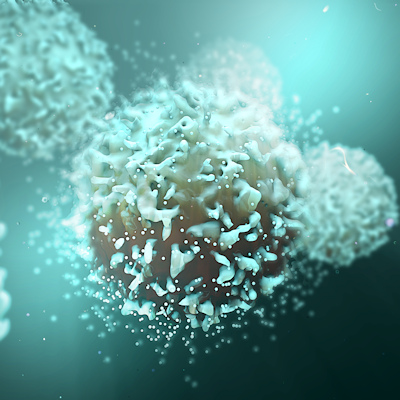October 5, 2022 -- University of Kansas researchers have developed a computational modeling approach that they claim is "tens or hundreds of thousands of times faster" than existing atomic resolution techniques, providing insights into the fundamental biology of cells.
In a study published October 3 in Proceedings of the National Academy of Sciences, the researchers describe an attempt to combine two approaches for modeling protein interactions, namely protein docking and molecular simulation. By combining the two approaches, the collaborators sought to address their limitations and thereby create a model that is closer to simulating what happens in living cells at atomic resolution.
Protein docking predicts the structures of protein complexes. However, the models are static and, as such, unable to show how interactions change over time. Molecular simulations account for the dynamic changes that occur over time but suffer from a tradeoff between speed and resolution. Carrying out the simulations at all-atom resolution is slow. Increasing the speed results in "significantly coarse grained" interactions.
The University of Kansas researchers combined the two approaches, resulting in a system that performs calculations fast enough to provide "second-long trajectories of protein systems that approach the size of the cells, at atomic resolution." Lead author Ilya Vakser, PhD, director of the Computational Biology Program and Center for Computational Biology and professor of molecular biosciences, put the speed of the system in context and explained the significance of the improvements.
"It is about tens or hundreds of thousands of times faster than the existing atomic resolution techniques," Vakser said in a statement. "This provides unprecedented opportunities to characterize physiological mechanisms that now are far beyond the reach of computational modeling, to get insights into cellular mechanisms and to use this knowledge to improve our ability to treat diseases."
Vakser and his collaborators began the project by conceptualizing how best to combine advantages of the two protein-modeling approaches. The team identified the fact that existing simulation approaches spend "most of the computing time traveling in low-probability -- or high-energy -- areas of the system" as an opportunity for improvement, Vasker said.
That fact led the team to look "to sample, or travel, only in the high-probability, low-energy areas, and to skip the low-probability ones by estimating the transition rates between the high-probability states," Vasker said. Coming up with a new paradigm to replace the widely used approach to molecular modeling was "easy," according to Vasker, but the next step was challenging.
Having decided on their approach, the collaborators developed and coded an algorithm to drive the new simulation, a step that Vakser called the most difficult part of the project. The result is a cell-simulation method that could be used to study the molecular pathways that underpin disease mechanisms and to determine the effects of genetic mutations.
Copyright © 2022 scienceboard.net









